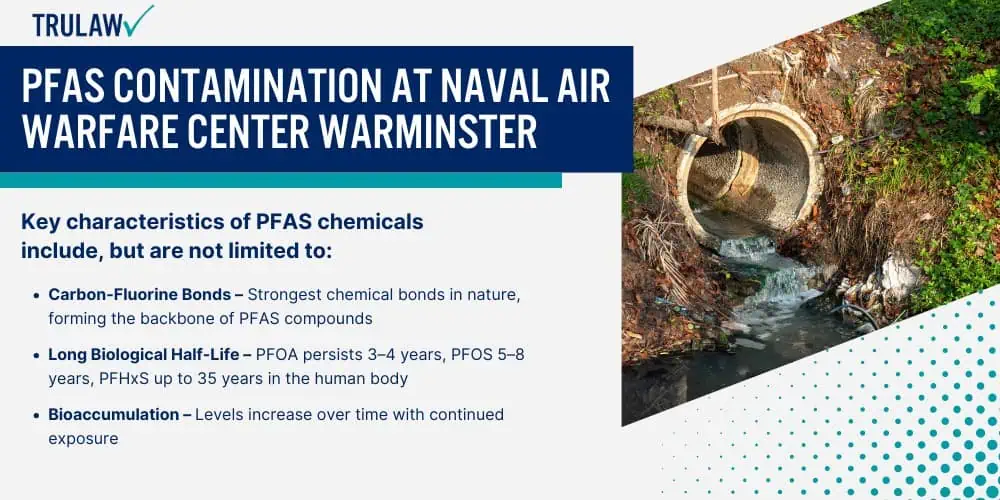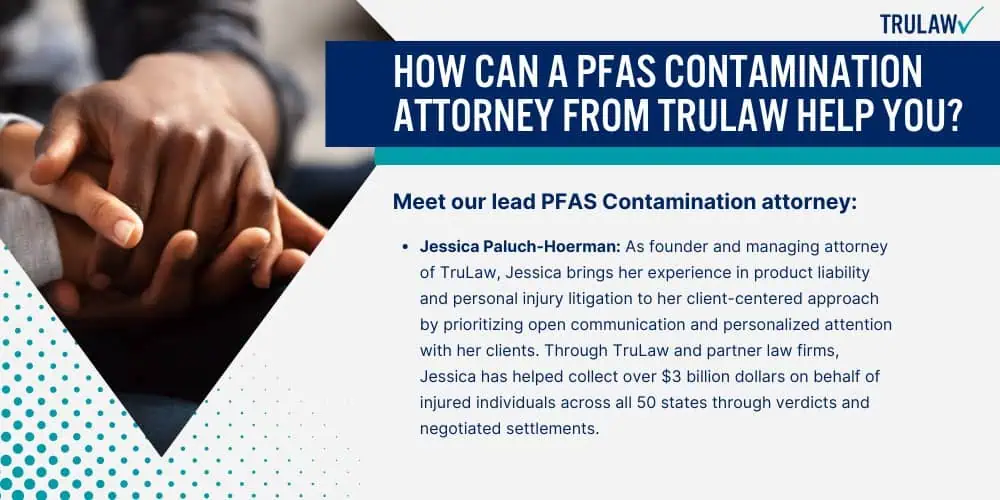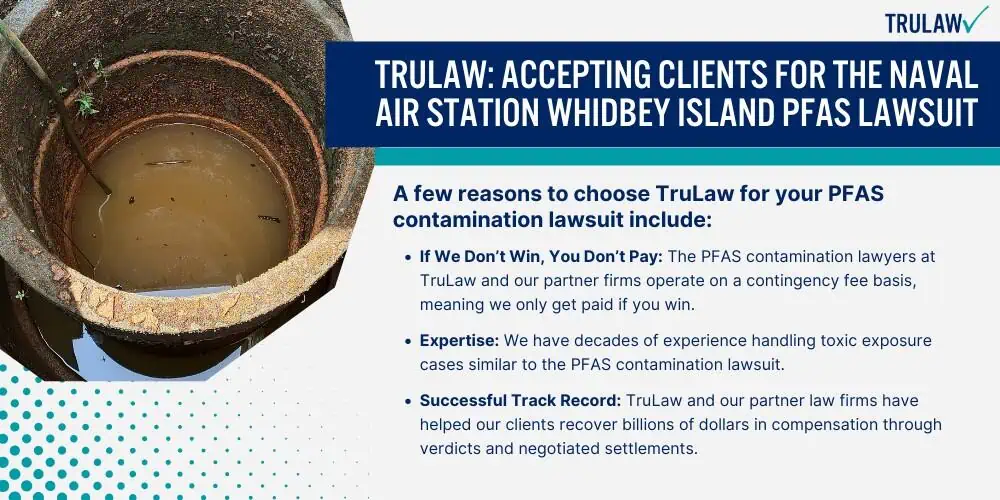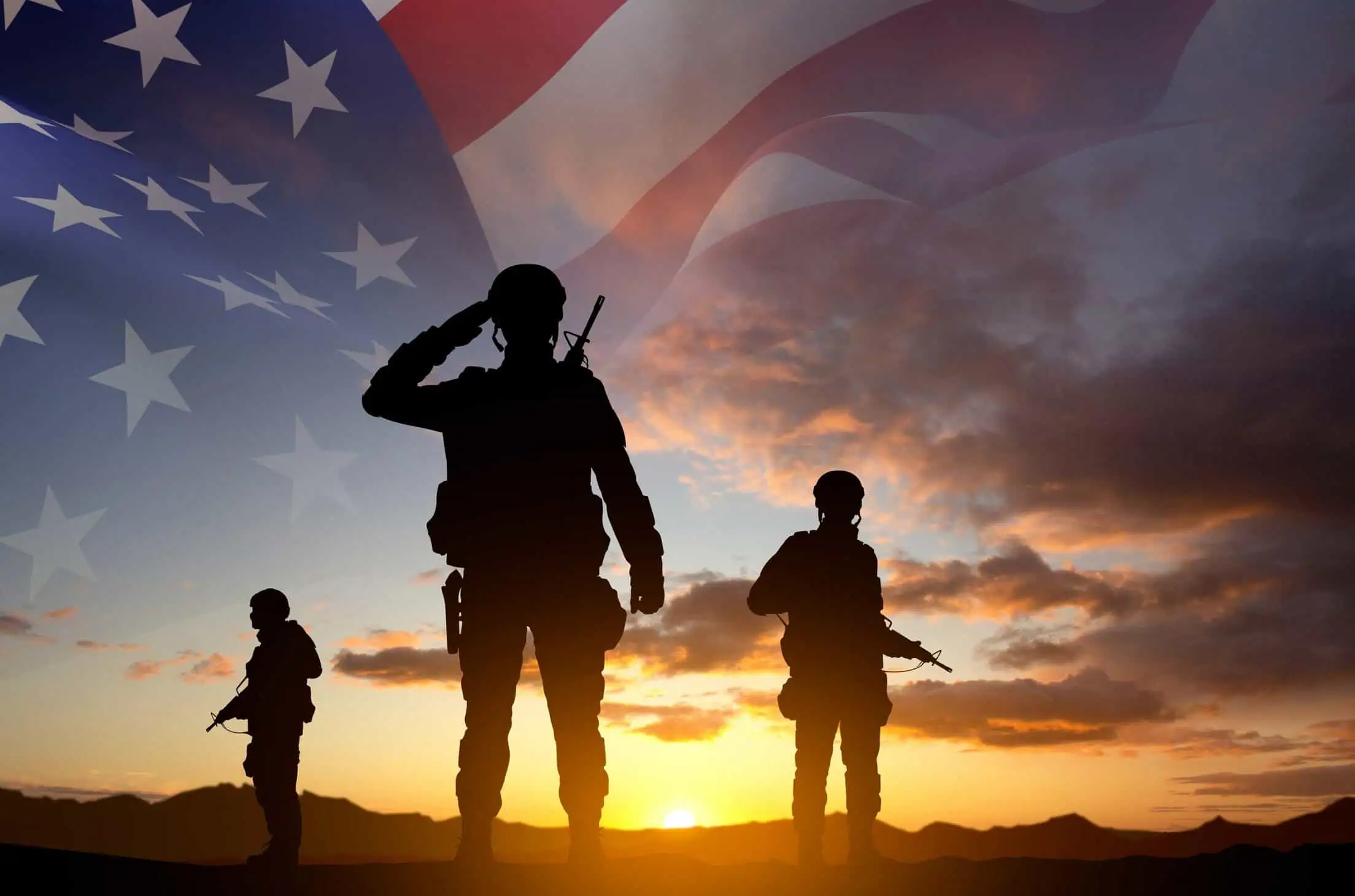Per- and polyfluoroalkyl substances (PFAS), known as “forever chemicals,” have contaminated groundwater and drinking water supplies around the former Naval Air Warfare Center Warminster, affecting tens of thousands of residents who unknowingly consumed toxic water for decades.

The contamination discovery in 2014 revealed levels reaching 2,740 parts per trillion in public wells – nearly 40 times the Environmental Protection Agency’s current health advisory limit of 70 ppt, creating one of the most severe military-related environmental disasters in Pennsylvania.
What Are PFAS Chemicals and Why They Matter
PFAS represent a group of over 4,000 manufactured chemicals extensively used in military firefighting foam (aqueous film-forming foam or AFFF) since the 1970s for their ability to suppress fuel fires quickly and effectively.
These synthetic toxic substances used in industrial operations persist indefinitely in the environment and human body, earning their “forever chemical” nickname because they never naturally break down or degrade.
Key characteristics of PFAS chemicals include, but are not limited to:
- Carbon-Fluorine Bonds – Strongest chemical bonds in nature, forming the backbone of PFAS compounds
- Long Biological Half-Life – PFOA persists 3–4 years, PFOS 5–8 years, PFHxS up to 35 years in the human body
- Bioaccumulation – Levels increase over time with continued exposure
- Widespread Military Use – Integral in firefighting training, equipment testing, and emergency response
- Water Solubility – Enables rapid migration into groundwater supplies
- Extreme Resistance – Withstands heat, water, oil, and standard treatment methods
These hazardous substances pose particular dangers because they accumulate in blood, organs, and tissues over time, creating a toxic body burden that increases with each exposure.
Unlike other contaminants that eventually flush from the body, PFAS compounds bind to proteins and concentrate in the liver, kidneys, and blood serum, where they interfere with hormone function, immune response, and cellular processes.
History of the Warminster Naval Facility
The facility began operations in 1944 as the Naval Air Modification Unit, supporting World War II aircraft development and testing before evolving into a premier research center.
In 1949, the Navy redesignated it as the Naval Air Development Center, expanding its mission to include advanced aviation technology, and in 1993 renamed it the Naval Air Warfare Center before its closure in 1996 under the Base Realignment and Closure (BRAC) process.
The following timeline highlights operational milestones in the history of the Warminster Naval Facility:
- 1944: Facility established as Naval Air Modification Unit for aircraft testing
- 1949: Redesignated as Naval Air Development Center with expanded research mission
- 1970s-1990s: Extensive use of AFFF firefighting foam during training exercises
- 1989: EPA designates site as Superfund location due to existing contamination
- 1993: Renamed Naval Air Warfare Center as part of Navy reorganization
- 1996: Base closed under BRAC, leaving behind environmental contamination
- 1997: Final closure completed after being declared a Superfund site
The facility’s role in naval aviation research and development (along with various industrial activities) required regular fire suppression training and emergency response drills, during which personnel used AFFF containing high concentrations of PFAS chemicals.
Decades of firefighting foam use during training exercises created multiple contamination source areas where toxic chemicals seeped into soil and migrated through fractured bedrock aquifers, ultimately reaching public and private drinking water wells throughout Warminster, Warrington, and Horsham townships.
Discovery of Contamination and Environmental Testing
The EPA’s 2014 testing under the Third Unregulated Contaminant Monitoring Rule revealed shocking PFAS contamination levels in public and private wells throughout the Warminster area (which the Environmental Working Group has highlighted as among the nation’s worst), with one public well containing 2,740 ppt – 39 times higher than the EPA’s 70 ppt health advisory established in 2016.
Groundwater sampling near the former base discovered PFAS concentrations reaching astronomical levels of 329,500 ppt, while soil testing conducted by environmental agencies revealed contamination at 98,000 parts per billion in areas where firefighting foam was regularly used.
Water systems impacted by PFAS contamination as revealed through environmental testing include the following:
- Warminster Township Municipal Authority – 15 public wells contaminated, serving 32,000 residents
- Warrington Township – Multiple wells impacted, forcing immediate closures
- Horsham Water and Sewer Authority – 5 wells exceeding EPA limits
- Ivyland Borough Water System – Contamination detected in municipal supplies
- Private Residential Wells – Approximately 250 homes with contaminated well water
- Total Affected Population – Approximately 85,000 residents across multiple townships
The immediate response following the 2014 discovery included emergency well closures in July 2014, with authorities shutting down contaminated public water supplies within days of receiving test results.
The Navy provided bottled water to affected residents while installing point-of-entry treatment systems for private well owners, and initiated cleanup efforts totaling $58 million that included $35 million specifically for water filtration systems to protect residents from further exposure while long-term solutions were developed.
If you or a loved one consumed PFAS-contaminated drinking water from wells near the Naval Air Warfare Center Warminster and developed cancer or other serious health conditions, you may be eligible to seek compensation.
Contact TruLaw using the chat on this page to receive an instant case evaluation and determine whether you qualify to join others in filing a PFAS Lawsuit today.








